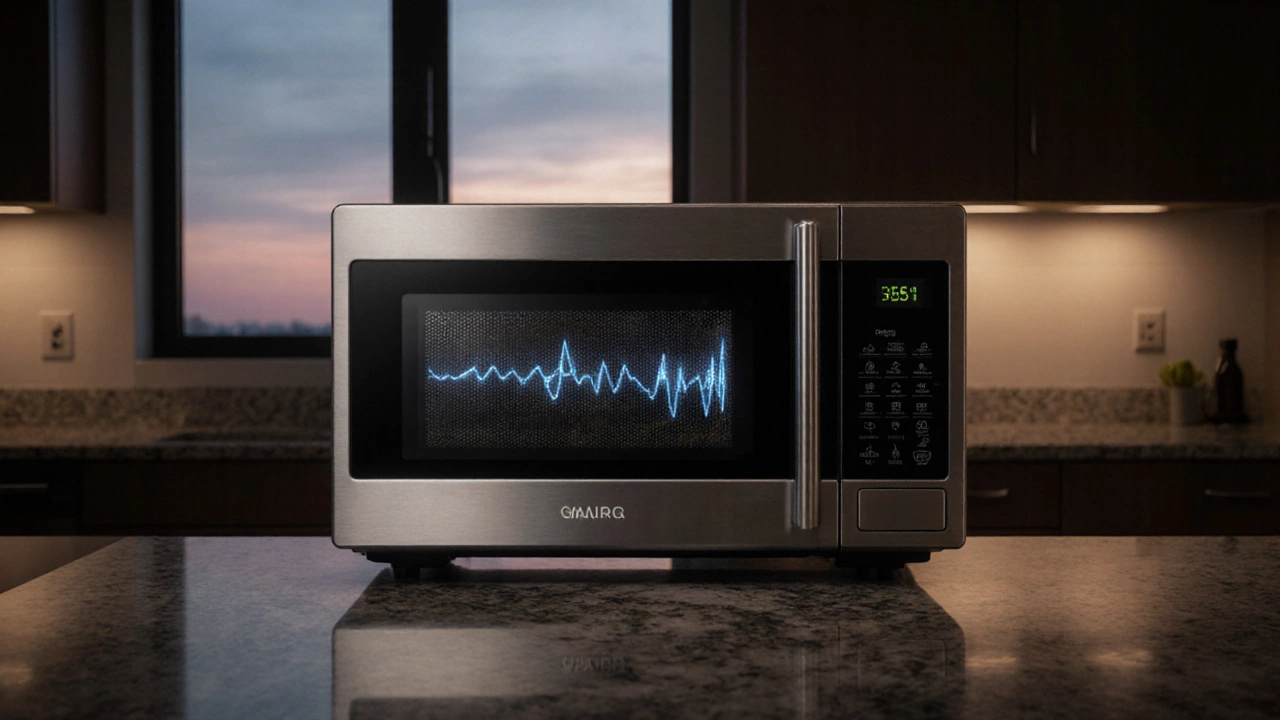Discover if fixing your microwave yourself is safe. Learn risks, a safety checklist, DIY steps, and when to call a pro for microwave repairs.
Microwave Troubleshooting Guide
When dealing with microwave troubleshooting, the process of identifying and fixing problems that keep your microwave from heating, turning, or responding to inputs. Also known as microwave repair, it often starts with checking the magnetron, the component that generates the microwave energy, and then moves on to the control board that interprets button presses and runs the cooking cycle. Other key parts include the turntable motor, which ensures even cooking, and the door interlock switches that prevent the unit from operating with the door open. Together these entities form the core of any microwave, and understanding how they interact makes troubleshooting far less intimidating.
Typical Problems and How to Pin Them Down
Most homeowners encounter a few recurring symptoms: the microwave won’t heat, the turntable stops spinning, weird beeping or flashing codes appear, or the unit simply won’t start. Each symptom maps to a specific set of components. For a “not heating” issue, the magnetron is the usual suspect, but you also need to verify the high‑voltage diode and capacitor because a failed diode can block power flow even if the magnetron is fine. If the turntable stalls, inspect the motor shaft and the coupler that connects it to the drive gear; debris or a broken gear will cause the motor to hum without moving the plate. Error codes—often shown as a series of blinking lights—usually point to the control board’s firmware or a faulty keypad; a quick lookup in the user manual can tell you whether the code means a sensor failure, a door latch problem, or a deeper electronic fault. Safety interlock switches are another common culprit; a worn switch will keep the microwave from starting to avoid radiation leaks, and testing it with a multimeter is a safe first step before opening the cabinet.
Beyond the hardware, the power supply itself plays a big role. A tripped circuit breaker or a loose power cord can mimic internal failures. Always start with the simplest fix: unplug the unit, wait a minute, and plug it back in to reset any transient errors—many microwaves have a built‑in reset routine that clears minor glitches. If the problem persists, gather the right tools: a screwdriver set for opening panels, a multimeter for checking voltage and continuity, and a capacitor discharge tool for safely handling the high‑voltage components. While you’re at it, take note of any unusual smells or noises; a burning odor often signals a failing magnetron or a shorted transformer, and a loud humming without heating points to the high‑voltage transformer working but the magnetron being dead. By systematically checking power, safety switches, the turntable motor, the high‑voltage chain, and finally the control board, you can isolate most faults without calling a technician.
Armed with these basics, you’ll find the collection of articles below covers each component in detail—from step‑by‑step guides on testing a magnetron to tips for resetting error codes and understanding when a control board replacement makes sense. Whether you’re a first‑timer or have tinkered with appliances before, the posts give you actionable advice, part lists, and safety reminders so you can get your microwave back to heating meals in no time. Dive into the guides to see real‑world examples, common pitfalls, and the exact tools you’ll need for a successful repair.
